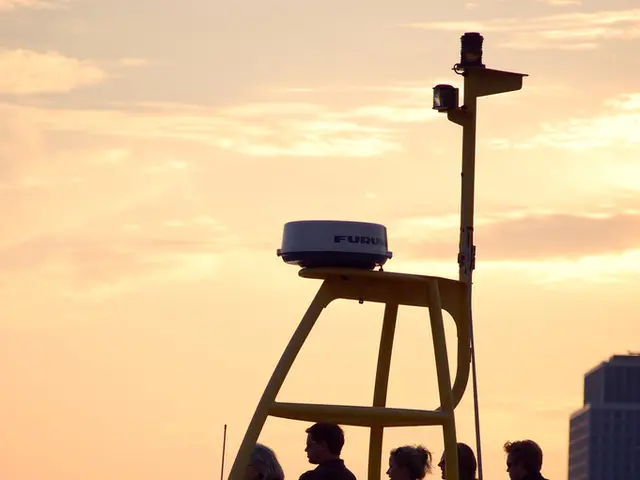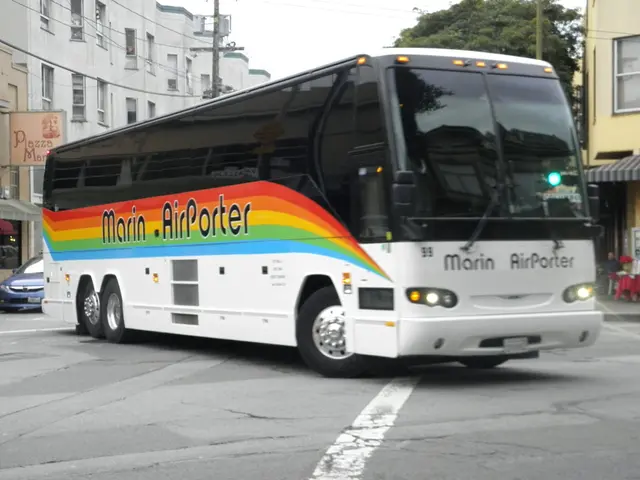Internet Stability Continues to Be a Cause for Worry
In the ever-evolving landscape of radio broadcasting, Family Radio is making strides in modernizing its infrastructure. One such innovation is the deployment of Starlink for telemetry and control at some of its remote sites, where high-bandwidth solutions are scarce.
At the helm of this technological shift is Tommy McElmeel, the broadcast telemetry and regional engineer for Family Radio. With a rich background in the industry, McElmeel spent over a decade with K-LOVE, including seven years as the IT infrastructure manager and the rest as infrastructure architect.
Starlink, a satellite internet service, offers reliable, high-speed connectivity, enabling Family Radio to access diverse audio delivery options such as cloud-based streaming and remote broadcasting from areas with limited terrestrial internet infrastructure. However, it's essential to note that while Starlink is a less expensive option for non-24/7 audio transmission, its cost can escalate if providing audio continuously.
Security is a paramount concern in this digital age, and McElmeel underscores this importance. Default usernames and passwords are common at transmitter sites, and equipment needs to be secured while remaining accessible to authorized personnel. Measures such as changing default usernames and passwords, disabling Telnet, using firewalls, applying relevant firmware updates, and replacing unsecured equipment with modern devices are crucial in securing the equipment from external threats.
Redundancy is another critical factor in maintaining robust and reliable infrastructure, especially during critical times like disasters, whether small or large. The cost of redundancy should be compared against the cost of system failure to determine the best course of action. McElmeel recommends having a primary and a backup path for data transmission, with automatic switching, to ensure seamless operation in case of failures.
However, the best option for audio delivery depends on the location and available options. For the most extreme transmitter sites lacking cell or hardwired connectivity, traditional satellite is a great option. Starlink, while less expensive, requires a careful evaluation of its reliability, especially for continuous audio transmission.
McElmeel also expresses concerns about relying on cloud services like Azure and AWS for the air chain, as outages can lead to widespread internet failures. Be careful when using Software as a Service (SaaS), as giving up control of the system might lead to issues in case of failure.
The lack of substantial IT infrastructure at many transmitter sites can make it challenging to support and modernize equipment as it grows and improves. Security should be prioritized when inviting suppliers and vendors onto the network for support.
In conclusion, Family Radio's adoption of Starlink is a significant step towards modernizing its infrastructure, offering reliable connectivity and diverse audio delivery options. However, it's crucial to consider the unique challenges and requirements of each transmitter site, ensuring a balanced approach to security, redundancy, and cost-effectiveness.
Read also:
- Enhancing the framework or setup for efficient operation and growth
- Hydroelectric Power Generation Industry Forecasted to Expand to USD 413.3 Billion by 2034, Projected Growth Rate of 5.8% Compound Annual Growth Rate (CAGR)
- Hackers Utilize GOLD SALEM to Infiltrate Networks and Evade Security Measures, Deploying Warlock Ransomware
- Strengthening Resistance Against Combined Risks in an Age Characterized by Authoritarian Technology








